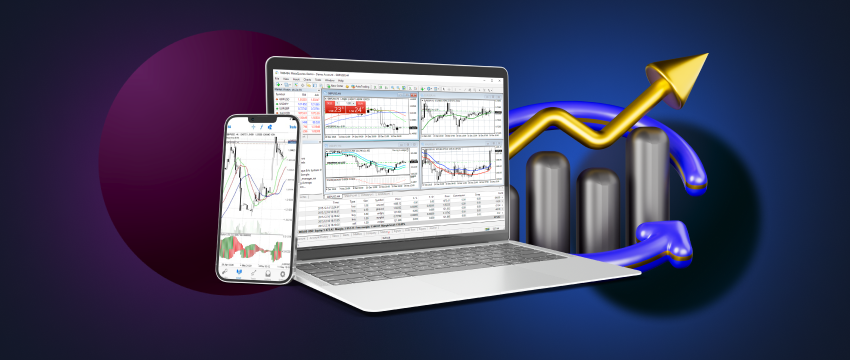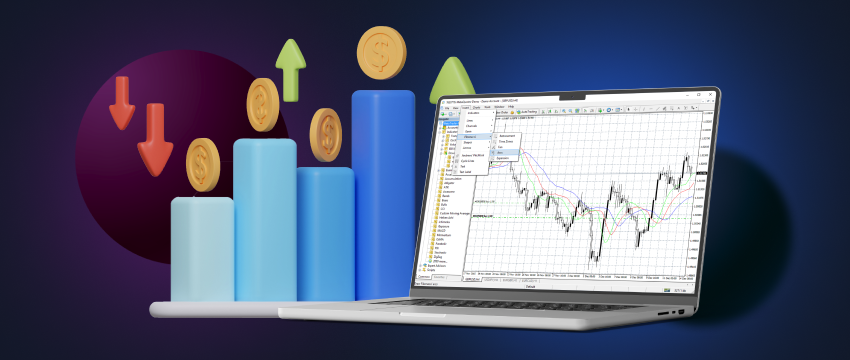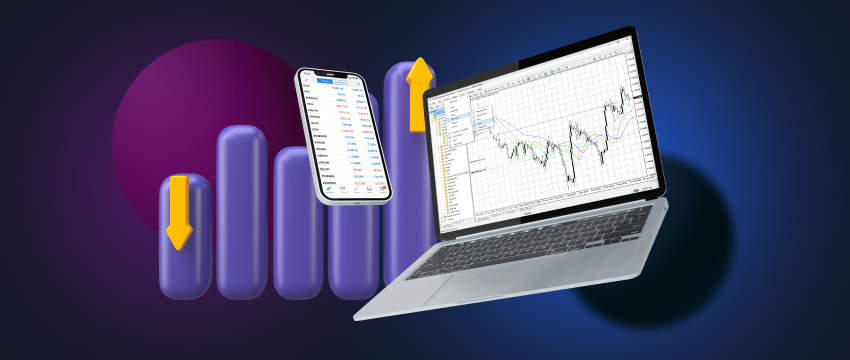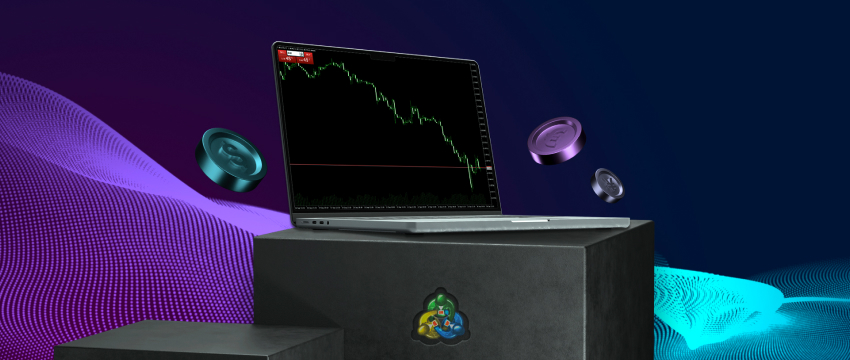The use of leverage is undeniably popular in the forex space. This is largely due to its ability to increase a trader’s potential return on investment. However, leverage can also magnify losses so knowing how to use it safely is essential. In this blog, we will explore the role of leverage in forex trading and provide tips on how to use it effectively.
What is leverage in forex trading?
Leverage is a powerful tool that gives traders access to (and control) of a larger sum of money than they have deposited in their trading account. It is typically expressed as a ratio, such as 50:1 or 150:1. It represents the amount of capital that a trader can control with a given amount of margin. For example, if a trader has a 150:1 leverage ratio and a $1,500 margin deposit, they can control up to $225,000 worth of currency.

Some key benefits of leverage:
- Allows traders to control a larger position size than what their account balance would normally permit, thereby increasing buying power.
- Controlling a larger position size provides traders with the opportunity of earning higher profits from successful trades.
- Leverage provides traders with more frequent trading opportunities.
- Leverage allows traders to participate in the forex market with reduced capital requirements.
However, regardless of the benefits that leverage offers, it can potentially lead to significant losses that exceed the trader’s initial investment. This is why knowing how to use leverage safely is so vital. Let’s discuss ways to do this.
1. Understand the risks involved
It is important for traders to have a proper understanding of the risks that may be incurred using leverage. Traders should only use leverage with the capital they can afford to lose, and an effective risk management plan must be implemented.
2. Don’t start off large
If you lack trading expertise, it is recommended to start with a small sum of leverage. This could be as small as a 10:1 or 20:1 leverage ratio. As you broaden your scope of trading knowledge and gain more confidence, consider increasing this amount.
3. Be mindful of position sizing
Position sizing is the sum of capital a trader uses for each trade. The trader must attempt to use an appropriate position size when trading with leverage, relative to their budget, to avoid unexpected losses.
4. Use risk management tools
Using stop-loss orders when managing leverage is one way of limiting potential losses. A stop-loss order will automatically close a trade if the market moves against the trader’s position, protecting a trader’s account from being wiped out.
5. Monitor margin requirements
Market fluctuations can quickly impact margin. Traders should monitor margin requirements to ensure they have sufficient margin to cover their trades. If margin requirements increase, traders may need to deposit additional funds into their accounts to maintain their positions.

6. Don’t over-leverage
Over-leveraging can incur significant losses, so moderation is key. Remember, the forex market can be highly volatile, and prices can fluctuate quickly and unexpectedly. Leverage can magnify the impact of these price movements, resulting in gains as well as losses in a very short period.
7. Use leverage for short-term trades
Leverage can be advantageous for short-term trades, as it enables traders to open and close positions quickly. Longer-term trades typically require more capital and can be risky to hold for longer periods with leverage.
8. Be cautious during volatile market conditions
Volatility in the forex market can lead to sudden and sharp movements, which can be especially risky when trading with leverage. Traders should avoid trading during times of high volatility, such as major economic announcements, and be cautious during periods of increased market turbulence.
9. Use a reputable broker
When trading with leverage, it is important to use a reputable broker that is regulated by a reputable financial authority. Reputable brokers will have robust risk management systems in place to protect their client’s funds.
Become a T4Trade trader
T4Trade is quickly becoming a go-to broker globally. Its popularity is growing for several reasons which include fast execution of trades, flexible trading conditions, security of funds, and tight spreads. T4Trade traders can also trade more than 300 financial instruments across 6 asset classes. This includes forex, metals, commodities, indices, futures, and shares. The broker’s dynamic and multilingual client support team serves traders in countries across the globe, offering top-tier guidance and expertise. T4Trade’s innovative MT4 platform provides traders with vital trading tools and features required to make strategic trading decisions.
10. Keep learning
The forex market is complex and constantly evolving. Regardless of your expertise as a trader, educating yourself continuously is vital, particularly for using leverage safely. Learn everything you can about the financial markets, risk management strategies and trading techniques.
A broker like T4Trade offers a wealth of trading resources to help you widen your scope of knowledge. The T4Trade Academy for instance gives traders access to eBooks, educational webinars, videos on demand, podcasts, and Live TV from which to acquire useful information and trading insights. Informative blogs and FAQ pages also answer some of the most pressing questions that traders are asking.
11. Practice using a demo trading account
A demo trading account offers traders a virtual trading environment in which to practice trades without risking real money. Demo trading accounts simulate real market conditions, allowing traders to get a sense of how leverage works in a live trading environment. This can help traders better understand how to manage risk and identify potential trading opportunities. Traders can experiment with different leverage levels and see how their trading strategies perform. Using a demo trading account can also help traders improve their decision-making skills when it comes to using leverage.

Conclusion
Without a doubt, leverage can be a powerful tool for forex traders, but using it safely is paramount. Traders should understand the risks involved, start small, set stop-loss orders, use proper position sizing, keep an eye on margin requirements, and use a reputable broker. By following these guidelines, traders may be better equipped to manage leverage in a way that will limit their potential losses.
Disclaimer: This material is for general informational & educational purposes only and should not be considered investment advice or an investment recommendation. T4Trade is not responsible for any data provided by third parties referenced or hyperlinked, in this communication.




